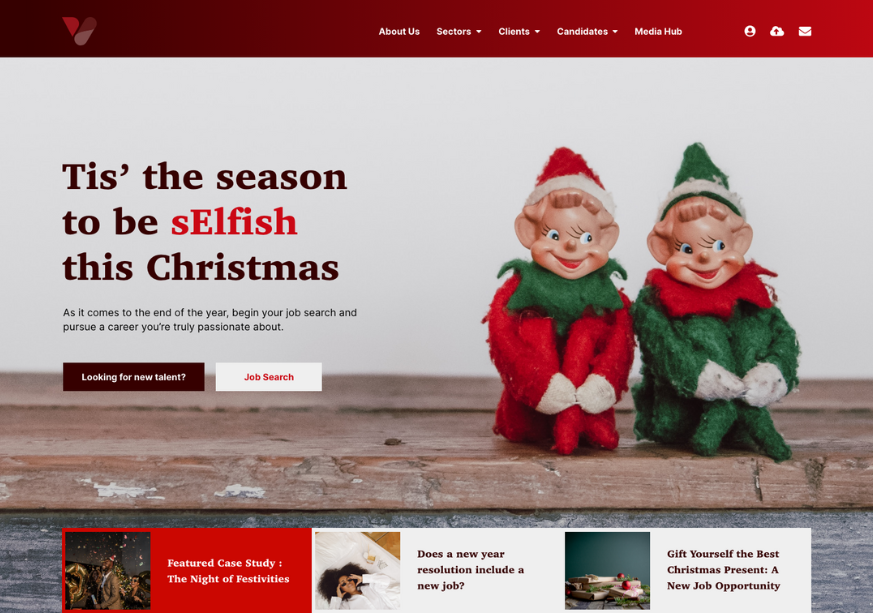Adapting to Indeed’s Job Scraping Update: A Guide for Agencies
Learn MoreEnding the Web Design Imitation Game
30 May, 20183 minutes
“We want our new site to look like this one…”
As a designer, I hear this phrase often. It’s undoubtedly true, most websites have been influenced by the design of another, but there is a difference between inspiration and imitation and it is time to draw the line.
Although this approach is in line with typical human behaviour (can you imagine a world where we didn’t aspire to be or envy other people?), so really, we can’t help it but it’s not the best idea for your website.
Far from replicating the look and success of a winning company, in reality, this approach could end up costing your business.
Good web design is about much more than aesthetics. It’s a science with no definitive answer or ‘right way’ to do things. Despite what some may think (including the odd dig from the technical types here at Venn) designers don’t spend all day doodling and colouring in. The best designers will spend as much time researching and investigating as they do designing.
Being influenced by a design and taking relevant elements from it is a totally different thing to just copying. But to clear things up, here are three reasons why imitating website X will never be the best solution.
1) It’s shallow
‘Competitor X’ has a beautifully crafted website with all the latest trends and features, but how do we know if it actually works? Just because you or your boss instantly fall in love with a design, it doesn’t mean your customers will feel the same and it certainly doesn’t mean it’s converting.
Some of the best designs I’ve seen have failed spectacularly on the conversion front, and what about Amazon’s approach? Their site may be ugly, but there’s no denying its effectiveness. In the trade-off between visual appeal and enabling the user journey, it’s too easy to forget about the functional side.
While a stunning design will get attention, a lot of it will be from awards judging panels, other designers or MDs looking for a site refresh. None of these people will improve your bottom line, and the people who actually need or want to use the website will be more concerned with how well it works.
2) It’s not who you are
Before committing to a design style based solely on how another website executes it, it’s worth asking yourself one question: do you share the same target audience?
Apple’s site is referenced by clients in discovery meetings throughout the world. It’s super clean and full of punchy, effective messaging, but that fact is it wouldn’t work for most companies. Unless you’re selling a sexy product and have a library of beautiful photography, mimicking their design is not going to have the same effect.
If you don’t already have an international reputation as an innovator, you may want to include a bit more information than ‘the only thing that’s changed is everything’. Knowing yourself and your audience is vital to a successful design and building a site based on the people you’re trying to reach will always be more effective than replicating whatever catches your eye.
3) It lacks understanding
The main influence behind your site’s design should be your understanding of your brand, your audience and any problems they face. Copying another site totally bypasses this process.
To grow or improve, you need to understand what is and isn’t working for your brand, discover why, and then take the necessary steps to advance it. When you copy someone else, you miss this vital stage. You just repurpose the top layer, instead of understanding all the work that’s gone on underneath it.
Through UX knowledge and testing, it is possible to build a site based on user insights, rather than just taking what works (or at least looks good) for somebody else and repackaging it. If deciding to lift another site’s appearance is as far as you get, your understanding of what makes your business and audience unique may not be as clear as it should be.
If your brief consists of ‘make our site look just like that one’, you’re doing yourself, your audience and your designer a disservice.
Maybe it’s time to reassess what you want from your website.
Maybe it’s time to ask if you really need the help of a designer.



